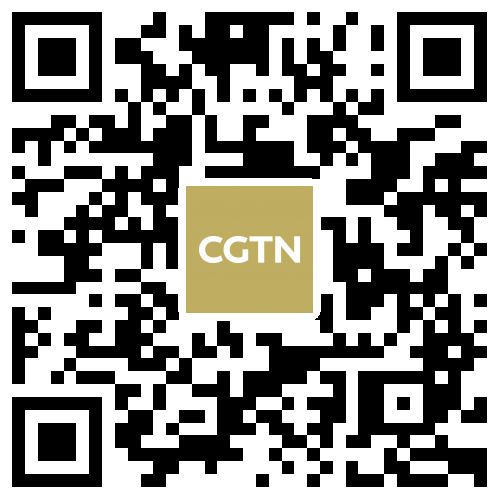
Health
14:59, 29-Mar-2018
Mercury Rising: Gold mining takes a toxic toll on Kenyan women
CGTN

Women in Kenya have mercury levels many times higher than the US Environmental Protection Agency (EPA) health advisory levels, IPEN, a global public health and environment network and Biodiversity Research Institute (BRI) found in a study.
Eunice Atieno, 40, who works at a mine in Kenya’s southwestern Migori county, complained that her work has hard hours long and the wages are meager. But the job brings bigger concerns: exposure to toxic mercury could be killing her, as heating mercury is a major part of the working process.

A woman squeezes out mercury that was used to amalgamate gold, using a piece of nylon cloth, at the Osiri-Matanda gold mine in Nyatike in Migori county, February 3, 2018. / Reuters photo
A woman squeezes out mercury that was used to amalgamate gold, using a piece of nylon cloth, at the Osiri-Matanda gold mine in Nyatike in Migori county, February 3, 2018. / Reuters photo
Atieno is only one of more than 1,000 women across 25 countries including Kenya, Myanmar and Indonesia, whose hair samples were tested for mercury by IPEN.
According to IPEN’s finding, more than 40 percent of those tested had mercury levels greater than 1 part per million – exceeding the US EPA’s safe exposure level.
High mercury levels can damage the nervous, digestive and immune systems and poison the lungs, kidneys, skin and eyes, says the World Health Organization. Pregnant women also risk giving birth to babies with congenital diseases. In Atieno’s case, she suffers from weight loss, body weakness and trembling hands.
Kenya’s 2016 mining act outlaws the use of mercury.
But there are no easily available alternatives and many of its 250,000 small-scale gold miners – mostly in western Kenya around Lake Victoria – are unaware of the risks or too poor to care, campaigners say.
Health workers and government officials should be resourced to conduct workshops among women involved in small-scale gold mining to explain the toxicity of mercury to women and the unborn children,” said IPEN’s researcher Lee Bell.
“They should also assess them for mercury intoxication and provide appropriate healthcare, demonstrate how they can minimize their exposure to mercury in the short-term and work with them to implement non-mercury gold extraction techniques.”
Health risks
About 20 percent of the world’s gold comes from small-scale mines, which employs up to 15 million people, including five million women and children, the United Nations says.
Mercury has been used to extract gold for centuries. It is inexpensive and simple – often allowing miners to produce gold in a single day.
Developed nations have adopted cleaner, safer alternatives for extracting gold, and enforced strict rules on mercury use.
But poor countries lag behind. Government officials, mine operators and workers often ignore the health risks of mercury exposure, citing a lack of capacity and expertise to better protect workers, experts say.
“We still do not have an alternative even though we are supposed to phase out the use of mercury,” said Bismarck Onyando, owner of the Osiri-Matanda mine near Kenya’s border with Tanzania.
The only other way of separating gold from sand in Kenya is to use sodium cyanide, which can kill instantly, he said.
Another Way
In August, the Minamata Convention on Mercury, a global treaty to reduce the use of mercury, came into force. Ratifying countries must develop plans to eliminate harmful mercury use, promote mercury-free mining and improve miners’ health.
While almost 130 nations signed the agreement, about 40 – including Kenya, Tanzania and Uganda – have not ratified it.
Kenyan officials say they are committed to the convention.
“We plan to phase out mercury, but first we are working on registering the miners, hopefully within three years,” said Raymond Odanga, inspector of mines for Migori County.
“Then it will be much easier to deal with the mercury issue. Currently the miners are still using it. Getting them to change to other methods will take some time,” he said.
The United Nations Environment Program and the Global Environment Facility, which provides grants, launched a project last year to finance and promote safer gold extraction technologies in eight countries, including Kenya.
Atieno – who started a support group for women miners after discovering the toll mercury is taking on their health – says it needs to act quickly.
“We depend on this job to put food on the table. But we are at a risk and cannot wait until we die from mercury exposure,” she said.
“We appeal to authorities to give us another way to extract gold without having to use mercury.”
Source(s): Reuters

SITEMAP
Copyright © 2018 CGTN. Beijing ICP prepared NO.16065310-3
Copyright © 2018 CGTN. Beijing ICP prepared NO.16065310-3